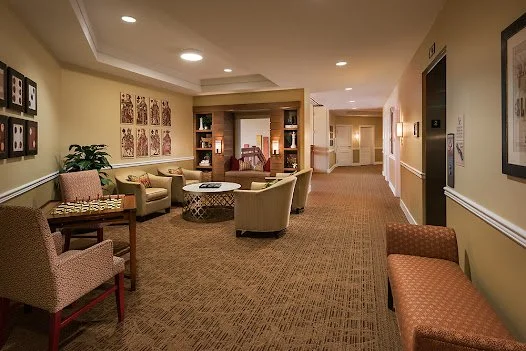Tips for Hosting a Monthly Potluck With Friends or Neighbors
There’s something heartwarming about sharing a table with people you enjoy. And a potluck? It’s the perfect excuse to gather without putting the pressure all on one person. Whether it’s a handful of friends from down the hall or a group that fills the entire community room in senior living Glendale AZ, hosting a monthly potluck brings people together in a simple, joyful way.
Here’s how to make it feel easy, fun, and something everyone wants to come back to each month.
Pick a theme that feels fun, not fussy
A little inspiration makes it easier for everyone to decide what to bring. Themes like “comfort food,” “family recipes,” “finger foods,” or “breakfast for dinner” can add excitement without being restrictive. Seasonal ideas work great too. Think soups in January or fresh salads in July.
Use a sign-up sheet
This keeps things balanced. You don’t want five people in assisted living, showing up with pasta and no desserts in sight. A simple list for main dishes, sides, desserts, and drinks gives guests a chance to choose what works best for them. Hang it in a common area or post it digitally if your group is tech-savvy.
Create a welcoming setup
Fold-out tables with a tablecloth, a few labeled cards for each dish, and simple decorations go a long way. Name tags help neighbors who may have seen each other in passing but never officially met. Little touches make people feel included.
Make room for dietary needs
Encourage folks to write down ingredients or mark if something is gluten-free, vegetarian, or low-sodium. It’s thoughtful and helps everyone feel comfortable trying new things.
Keep cleanup easy
Have paper plates, napkins, and to-go containers on hand. Many people love sharing leftovers or bringing a bit of everything home. Fewer dishes also mean more time chatting and less time scrubbing.
Add an activity or conversation starter
Some groups enjoy a short game after eating. Others like themed questions placed on the table like, “What was your first job?” or “What’s your favorite holiday tradition?” It breaks the ice and leads to real conversations.
Rotate the host or co-host
Even if the potluck always happens in the same common space, switching up who helps organize it gives everyone a chance to contribute in different ways. Some love decorating. Others enjoy music playlists or welcoming new guests.
Potlucks are less about perfection and more about togetherness. At many retirement homes Glendale, these monthly meals are where laughter grows, friendships deepen, and stories are shared over second helpings. It’s a tradition that reminds us how comforting it is to be part of a community, especially one that eats well.



















